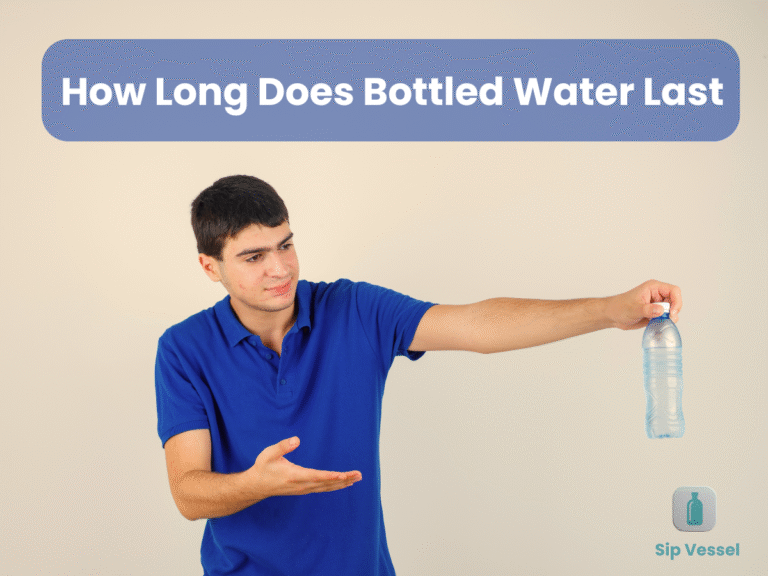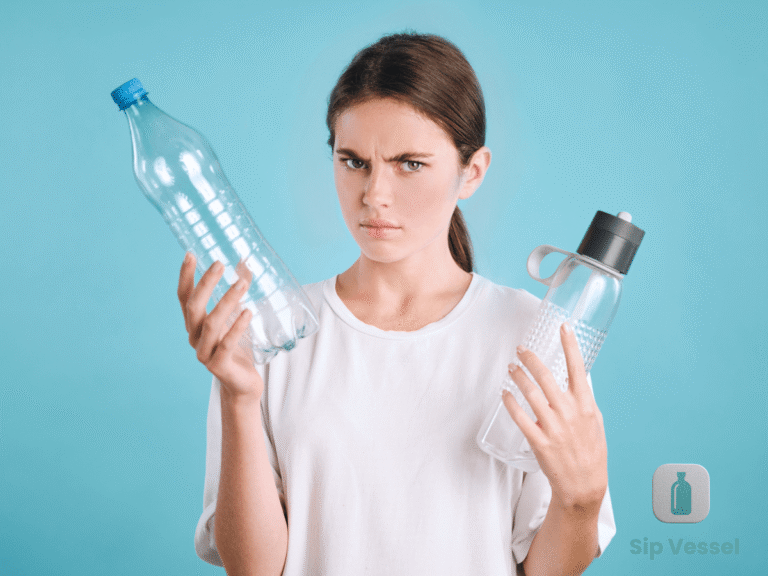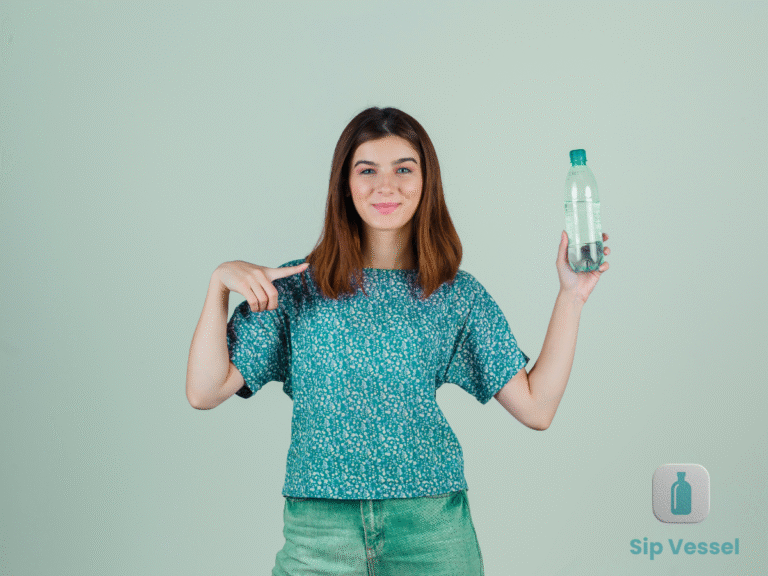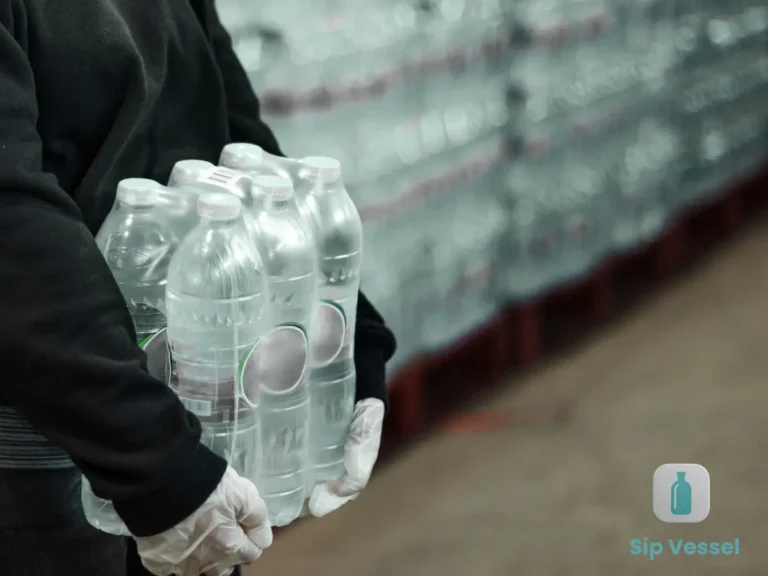Water bottles are not made of hard plastic because it is heavy, can break easily, and may be unsafe for health. Soft PET plastic is used instead because it is light, safe to drink from, cheap to make, and easy to recycle.
Why Aren’t Water Bottles Made Of Hard Plastic?
Water bottles are everywhere in our daily life. But have you ever asked yourself, why aren’t water bottles made of hard plastic?
The simple answer is: hard plastic is heavy, can break easily, may release harmful chemicals, and is not cost-friendly. That is why soft PET plastic is mostly used in water bottles.
The Science of Water Bottle Materials
Water bottles are usually made from soft plastic like PET (Polyethylene Terephthalate). PET is safe, strong, light, and cheap.
Hard plastics, like polycarbonate, are not used because they can break or crack when dropped. They are also heavier, which makes shipping and carrying bottles harder.
Why Hard Plastic Isn’t Used
Hard plastic bottles may look strong, but they have many problems. They can shatter into pieces if they fall. This makes them unsafe.
Also, hard plastic is not flexible. A water bottle needs to be slightly soft so it can handle pressure and movement without breaking.
Plastic Safety Concerns
One big reason soft plastic is chosen is plastic bottle safety. PET plastic is FDA approved for water bottle and it is considered as a safe option for food and water.
Hard plastics like polycarbonate may release BPA and other chemicals into water, which can be dangerous to health. That’s why companies avoid them.

Health Risks of Hard Plastic
If water bottles were made from hard plastic, chemicals could leach into the water. Drinking such water for a long time may harm our health.
Studies show that BPA and similar chemicals can affect hormones, cause illnesses, and are unsafe for kids. That’s why BPA free bottles became popular.
Why Soft Plastic is Preferred
Soft plastics like PET are lightweight and durable. They are also shatter resistant, which makes them safer for everyday use.
Since PET is flexible, it can handle squeezing or pressure without breaking. This makes it perfect for carrying water.
Environmental Concerns
Some people worry about plastic waste. Soft plastic bottles are easier to recycle compared to hard plastic bottles.
Hard plastics often end up in landfills because they are not as recyclable. If you are using PET bottles so it reduces the waste and supports a sustainable packaging options.

Cost Factors
Making bottles from soft PET plastic is much cheaper than using hard plastic. PET is mass-produced and cost-effective.
If companies used hard plastic, the price of bottled water would increase a lot. That’s why PET is the cost effective choice for industries.
Weight and Transportation
Soft plastic bottles are lightweight. This makes it easier to transport them in bulk without spending more money on shipping.
Hard plastic bottles are heavy. Transporting millions of bottles would cost much more fuel and money.
Durability of Soft Plastic Bottles
PET bottles are designed to be strong but flexible. They don’t easily break when dropped.
Hard plastic bottles may crack, chip, or shatter. This makes them unsafe and less practical for drinking water.
Consumer Preference
People prefer bottles that are clear, safe, and easy to carry. PET bottles are transparent and look clean.
Hard plastic bottles are often cloudy or colored, and consumers may not like that.
Why Companies Avoid Hard Plastic
Companies focus on safety, cost, and consumer choice. PET bottles are consider a safe drinking containers also it is FDA approved and recyclable.
Using hard plastic would create higher risks, higher costs, and more waste. That’s why industries avoid it.
Reusable vs Disposable Bottles
Reusable bottles are sometimes made of hard plastic, but they are not the same as disposable bottles.
For everyday drinking water, soft disposable PET bottles are safer and better for short-term use.

Future Alternatives
In the future, more eco friendly bottles may replace PET. Some companies are testing plant-based plastics and biodegradable bottles.
But for now, PET remains the best balance between safety, cost, and environment.
Personal Experience
I once used a hard plastic bottle, but it was heavy and not easy to carry. One day, it slipped from my hand and cracked quickly. That made me realize hard plastic is not very safe or strong for daily use. Since then, I prefer soft plastic bottles because they are light, safe, and simple to use anywhere.
Conclusion
So, why aren’t water bottles made of hard plastic?
Here is a simple and easy answer for it that soft PET plastic is a safer, lighter, cheaper, and more eco-friendly option.
Hard plastic bottles may break, release harmful chemicals, and cost more to produce. That’s why industries and consumers prefer soft, safe, and recyclable PET bottles.
In the future, we may see better eco-friendly materials, but for now, PET plastic is still the best choice.
FAQs – Why Aren’t Water Bottles Made Of Hard Plastic
Why aren’t water bottles made of hard plastic?
Because hard plastic is heavy, can crack, may release chemicals, and costs more to produce.
What plastic is used in water bottles?
Most of the bottle manufacturers are using PET plastic, which is a lightweight, safe, and recyclable option.
Are hard plastic bottles safe?
Not always. Some contain BPA and other chemicals that may harm health.
Why are soft plastic bottles common?
They are light, safe, flexible, and cheap to produce, making them the best choice.
What is the safest plastic for water bottles?
BPA free PET or HDPE plastics are considered the safest for drinking water.

John Bobo is an author who enjoys sharing ideas, stories, and insights with readers. He writes to inspire, inform, and connect with people through his work.







